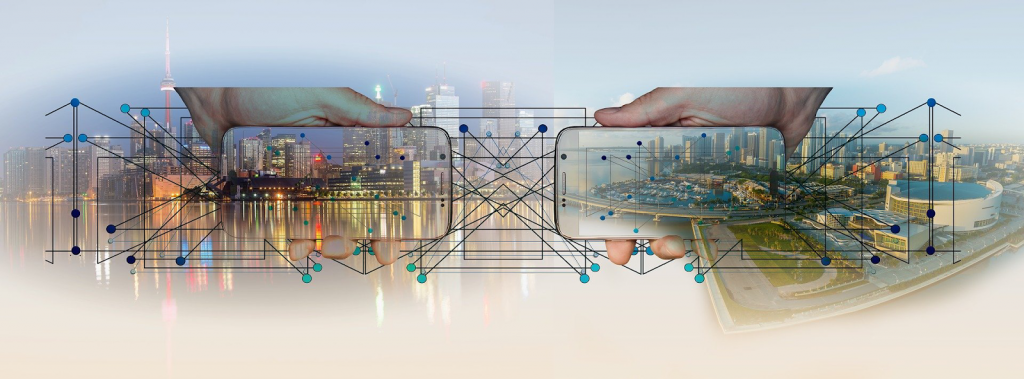Industrial Internet of Things (IIoT) refers to the use of IoT technologies in the industrial sector. With a concentration on machine learning and machine-to-machine communication, IIoT improves the efficiency and accuracy of industrial operations. Let’s see the industrial application of IoT development.
IIoT comprises industrial applications like software-controlled production operations, medical equipment, and robotics. It combines operational technology (OT) and information technology (IT), making it more advanced than the normal internetworking of IoT enabled, smart consumer devices.
The industrial sector profits greatly from the synergy between OT and IT. This combination of operational technology and information technology provides industries with better system integration in terms of efficiency, automation, and optimization. Read this article for a better understanding of system integration.
Top 4 Applications of IIoT in Manufacturing Industries
- Power Management
A lot of energy is used in manufacturing industries. When this energy is not properly utilized, companies may struggle to get a return on investment. IIoT-based management systems ensure the energy in factories is efficiently and profitably used.
With IIoT-based building management systems, production equipment, fire safety systems, lighting and other energy consuming equipment can be monitored for optimal energy use. This means that the power to manufacturing equipment not in use is completely cut off, helping companies cut down on operational costs resulting from paying for unused power.
- Logistics
Logistics is one of the areas that the industrial internet of things development that has helped manufacturers. IIoT powered robots operate autonomously in factories and other places where they can be utilized.
With minimum human supervision, these robots can perform tasks as simple as moving objects around the factory to complex tasks like piling items in organized rows, numbers, and sizes.
In the past robots used in manufacturing factories only carried out pre-set instructions and operations but with the use of IIoT, these robots are now well equipped to act independently. Sensors, software, and artificial intelligence all contribute to the ability of these automated systems to make decisions after analyzing unique situations.
Movements of objects within and around factories have become faster and more efficient because these robots can be designed to carry and move large items that are impossible for humans to move.
- Quality control
The success of a company is often dependent on the quality of products it releases into the market. In the past, humans have been responsible for product inspection and quality control but today, IIoT powered robots are taking over that responsibility.
Many manufacturing companies are beginning to adopt the use of robots to check quality control because human efficiency can be reduced by several factors. For example, human quality control workers can become less efficient when fatigued or distracted.
However, this is not the case with smart quality control robots. Aside from the fact that they cannot be distracted or fatigued, they possess other features that make them better suited for the job.
These robots are equipped with powerful vision systems made up of high-pixel cameras, intelligent image processors and acoustic sensors, all of which work together in helping these robots spot defects in sizes and shapes of products as well as the readability of QR codes and labels.

- Workers’ Safety
Wearable technologies also known as wearables have been adopted by many industrial companies to ensure workers’ safety. Wearables are both popularly used in the industrial and consumer sector to monitor vital signs.
In manufacturing companies, wearables with connected sensors are worn by workers to monitor vital signs like pulse, temperature, and respiration.
These intelligent devices report workers’ vital signs to a central monitoring system in real-time.
With technology like this in place, safety is guaranteed because workers that fall ill on the job are instantly identified and provided adequate medical care. Visit https://www.inc.com/encyclopedia/workplace-safety.html to learn more about workplace safety.
Are There Risks to IIoT Powered Manufacturing Systems?
Yes, there are risks associated with this type of system. Despite the advancement of the devices used in this system, risks like, server error, slow response time, and long feedback loops can occur.
Like human inefficiencies, these errors can also affect production and workers’ safety. The lives of workers may be at risk if these automated production systems are hacked or corrupted making them malfunction. However, as a safety measure, skilled, technical experts are always on the ground to ensure the system is functioning adequately.
